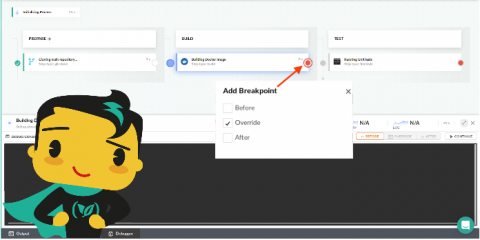Introducing Codefresh Software Delivery Platform powered by Argo
With KubeCon 2021 upon us, we look forward to seeing many exciting announcements from our peers in the open-source DevOps community in the days ahead. Codefresh is honored to make some exciting news of our own. Today we officially unveiled the Codefresh Argo Platform – a fully featured, enterprise-class implementation of Argo.











